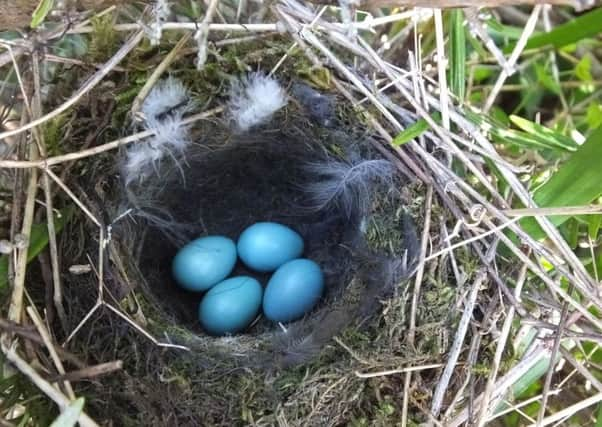Breeding behaviour of Dunnocks makes them stand out from rest


Birds like Robins are bold and easily recognised as they will perch in open places and have an obvious red breast and the Blue Tits and Great Tits will squabble and fight with each other and the House Sparrows for food on feeders and tables, the Dunnocks on the other hand just get on with their own lives on the ground, creeping around more like mice than birds and are very unobtrusive.
Dunnocks are sometimes called Hedge Sparrows but are not related to the true sparrows. Dunnocks feed mostly on insects and have a fine, thin beak which is ideal for getting into cracks and crevices to catch and extract small insects whereas the House Sparrow has a stout, strong beak ideal for cracking and splitting seeds which is their main natural diet.
Advertisement
Hide AdAdvertisement
Hide AdMale and female House Sparrows are easily told apart as the different sexes each have a quite different plumage. Male and female Dunnocks on the other hand look similar to human eyes.
Dunnocks are dark brown with fine almost black streaks on the back and wings. They are sedentary birds and seldom travel more than a mile from their birth place. They are found all over Scotland except Shetland and high mountain tops.
The breeding behaviour of Dunnocks makes them stand out from most other birds. It’s normal for a female to have two male partners, there is a senior and a junior male partner and both may fertilise the eggs in a nest.
If for some reason the senior male dies it is normal for the junior partner to move up the pecking order to become the senior partner and a new junior partner is recruited to form a new trio.
Advertisement
Hide AdAdvertisement
Hide AdFour to five eggs are a normal clutch and all three birds in the trio will feed the young. Two and sometimes three broods will be raised in a year. The nest is built quite low down in amongst shrubs, it is an open cup but is very difficult to spot when the bird is sitting incubating the sky blue eggs .